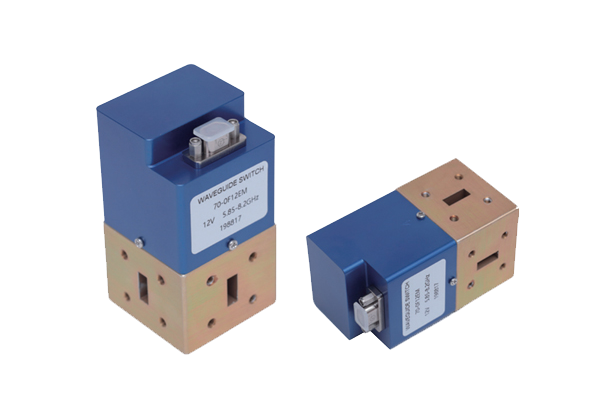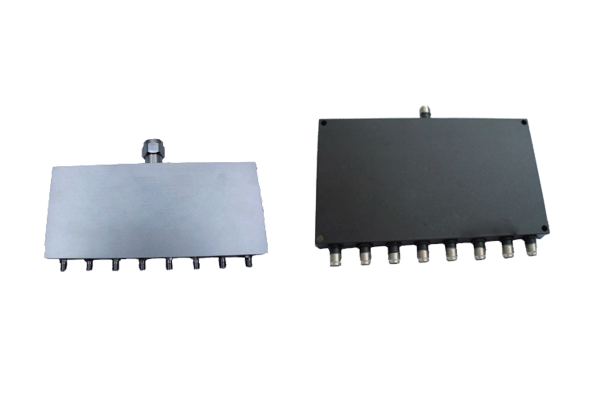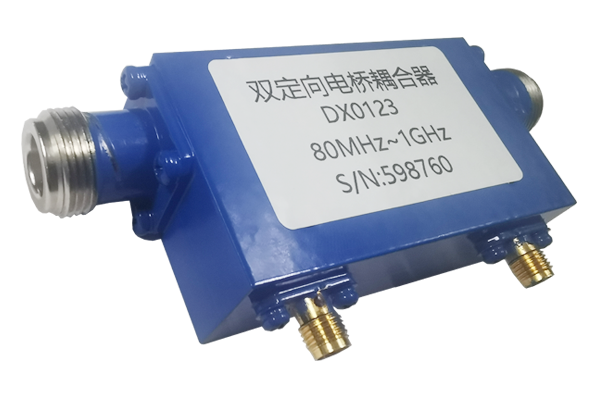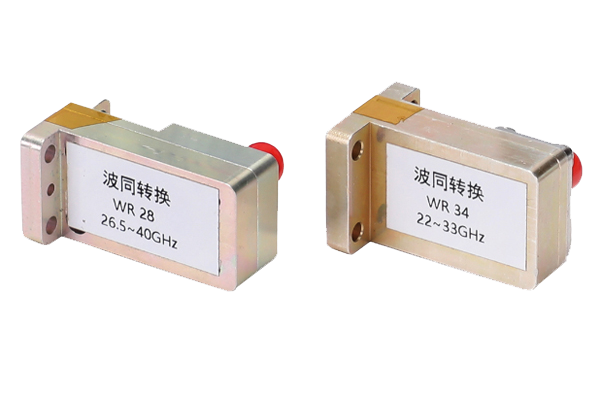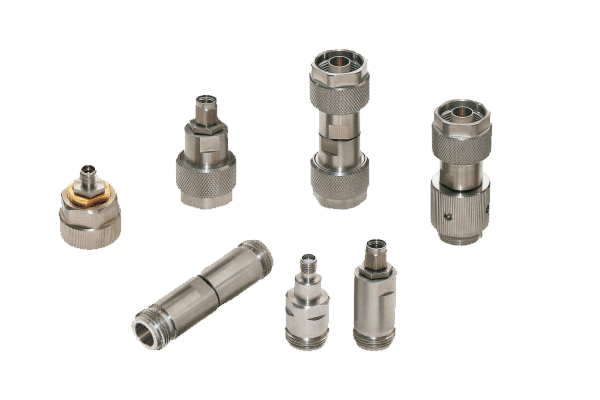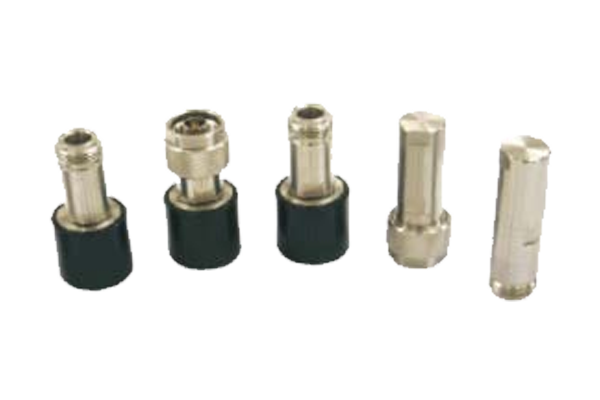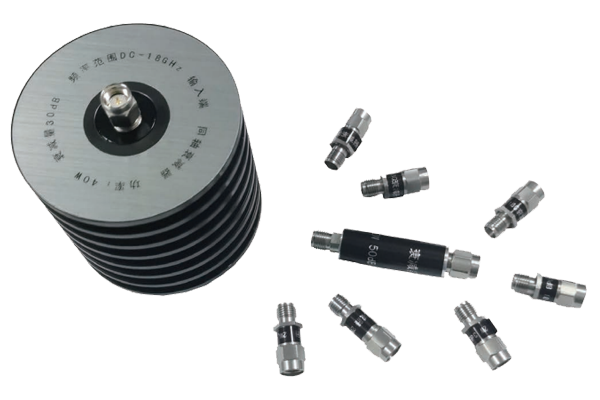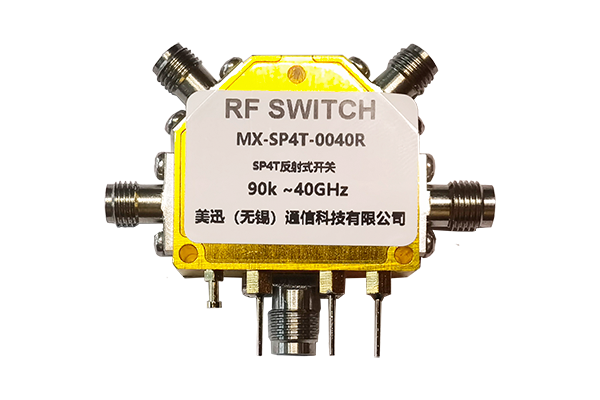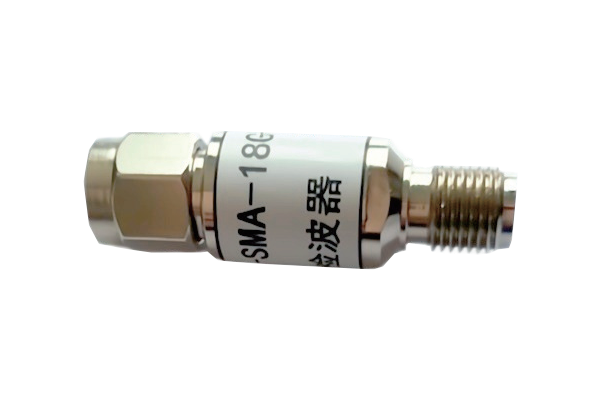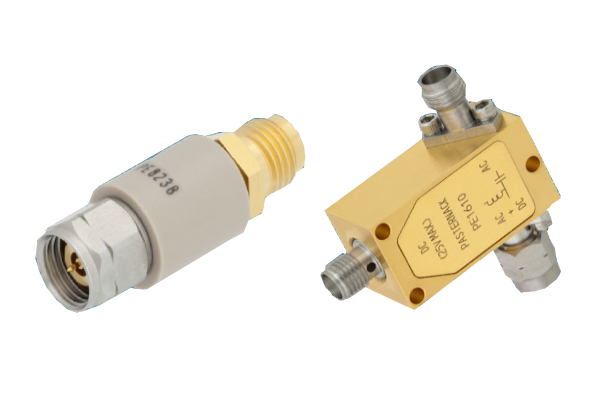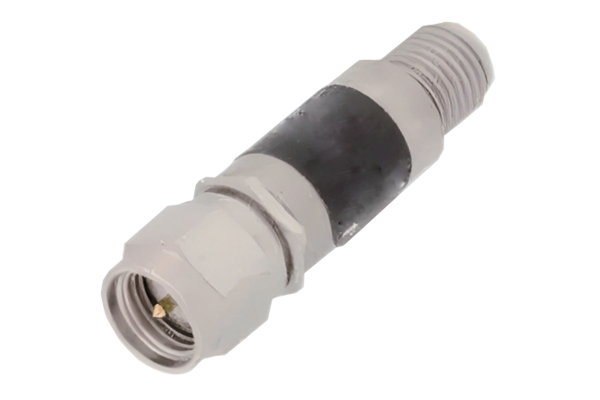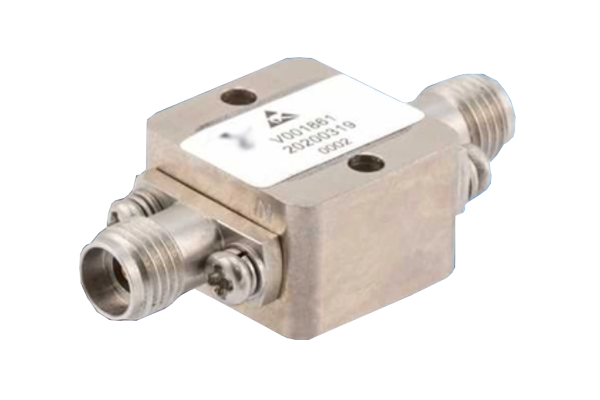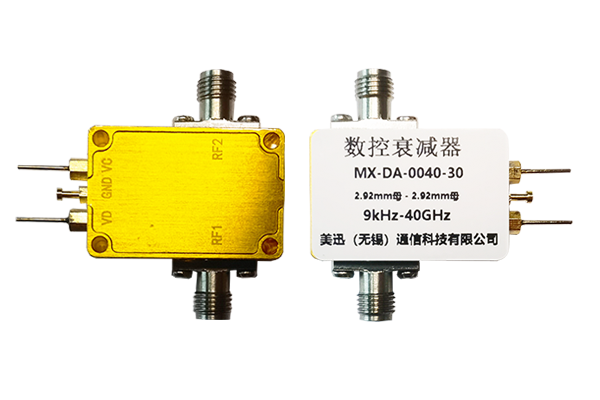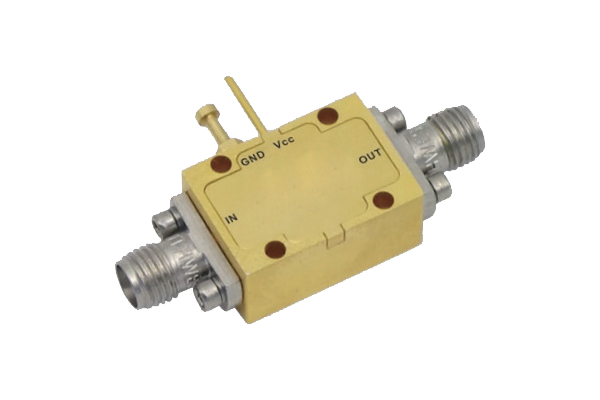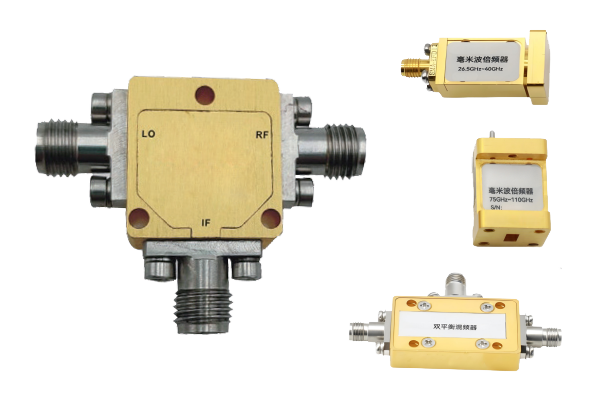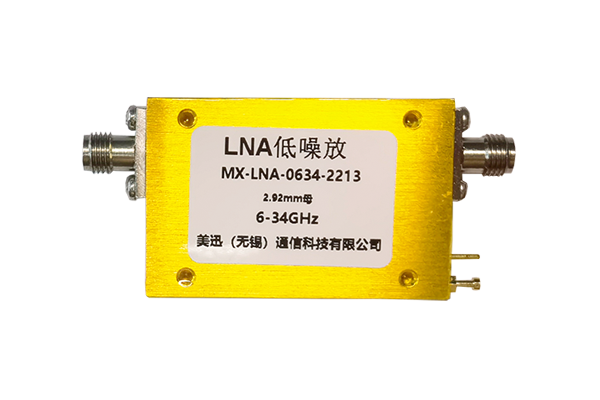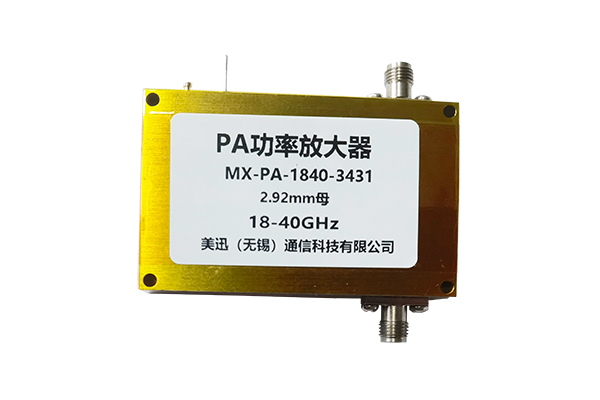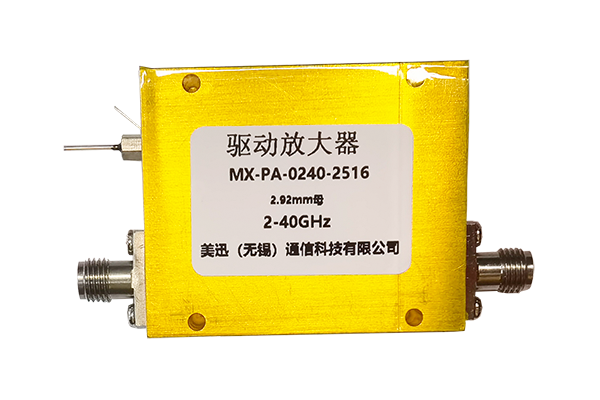What key factors determine the power handling capacity of waveguide switches
The power handling capacity of waveguide switches—their ability to withstand and transmit high-power microwave signals without performance degradation or physical damage—is shaped by several interconnected factors. These factors collectively define the switch's maximum power limit in real-world applications such as radar, satellite communications, or industrial microwave systems.
Material Selection
- Conductive materials like copper or aluminum alloys minimize resistive losses
- Surface coatings such as silver or gold platings enhance conductivity and protect against oxidation
- Insulating materials must resist dielectric breakdown under high electric fields
- Poor insulation can lead to arcing or short circuits, reducing power handling capability
Structural Design
- Contact point design is critical—loose or poorly aligned contacts create field concentration points
- Robust, low-resistance contact mechanisms distribute power more evenly
- Waveguide cavity geometry must be optimized for operating frequency
- Multi-port switches require smooth transitions between ports to minimize impedance mismatches
Heat Dissipation Capability
- Inadequate heat removal leads to rising temperatures that degrade material performance
- Passive cooling features like heat sinks help transfer heat away from critical components
- Active cooling methods may be necessary in high-power applications
- Thermal design determines how much power the switch can handle before overheating
Operating Conditions
- Higher frequencies increase resistive and dielectric losses
- Signal type (continuous wave vs. pulsed) affects power handling requirements
- Switches must be rated for both peak and average power
- Specialized materials or designs may be needed for high-frequency applications
Environmental Factors
- Elevated ambient temperatures reduce thermal margin for heat dissipation
- Humidity or moisture can degrade insulation performance
- Dust or contaminants may accumulate on contact points, increasing resistance
- Environmental sealing helps preserve rated power handling capacity
Together, these factors—materials, structure, heat dissipation, operating conditions, and environment—define the power handling capability of waveguide switches, requiring careful balancing during design to meet the demands of high-power applications.




